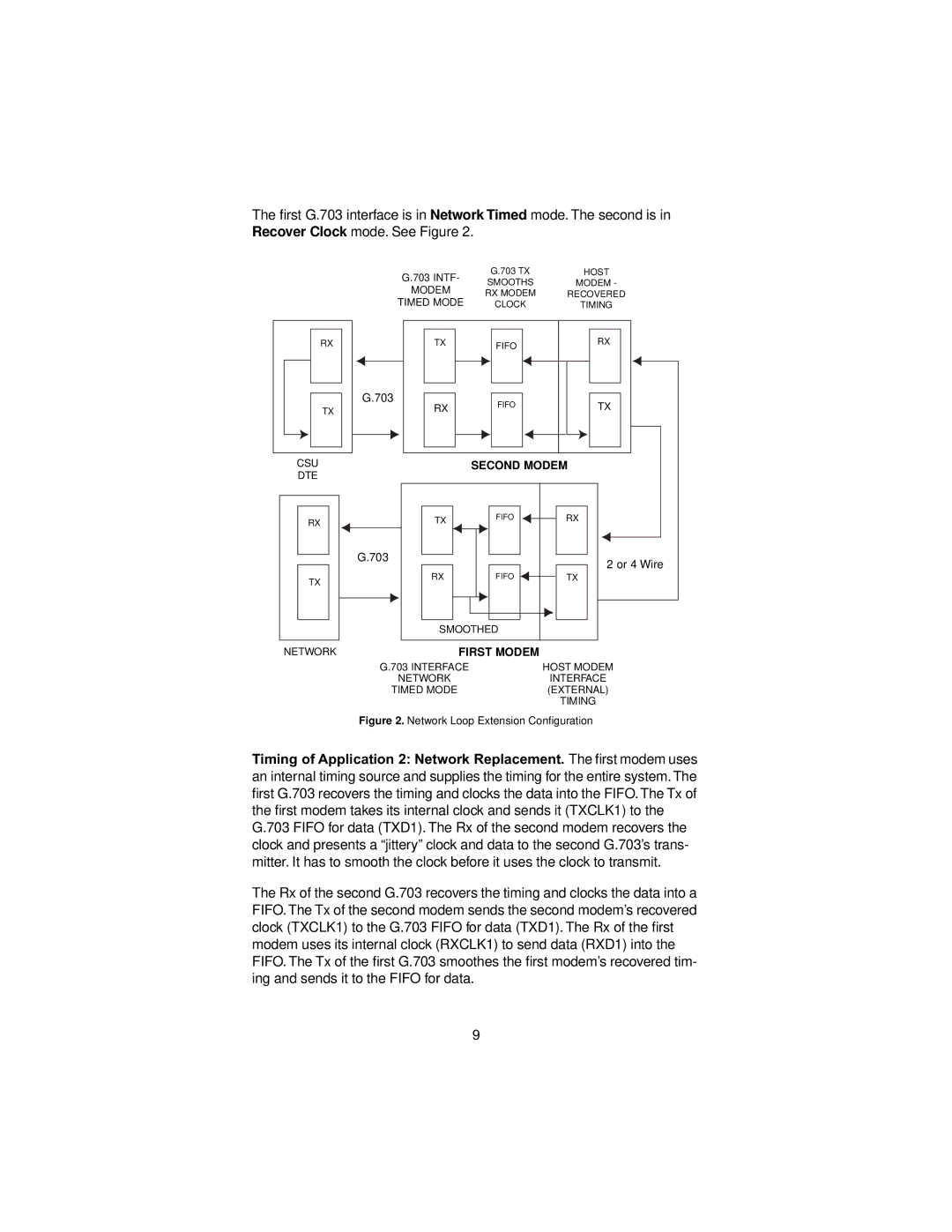1082/F specifications
The Patton Electronic 1082/F is a versatile and robust communication device designed to enhance connectivity and data transmission capabilities for various applications. This device is particularly well-suited for businesses that require reliable voice and data transfer over both analog and digital networks.One of the standout features of the 1082/F is its support for multiple protocols, including VoIP, which allows for the seamless integration of voice and data communication over Internet Protocol systems. This feature enables organizations to reduce costs associated with traditional phone systems while enhancing the quality of voice calls.
The 1082/F operates on a powerful Linux-based platform, ensuring stability and scalability for growing business needs. Due to its open standards architecture, it accommodates a wide range of applications and a variety of network configurations, including both legacy and modern systems. This flexibility makes it ideal for businesses in transition, looking to upgrade their infrastructure without complete overhauls.
Another prominent characteristic of the 1082/F is its advanced signaling capabilities. It supports SIP, H.323, and other protocols, which facilitates interoperability between different systems and devices. Furthermore, the device encompasses support for echo cancellation and automatic gain control, ensuring crystal-clear audio quality even in challenging network conditions.
The device is designed with user-friendliness in mind, featuring a web-based interface for easy configuration and management. This capability allows system administrators to monitor performance and quickly address any issues that may arise, contributing to smoother operations and reduced downtime.
In terms of security, the 1082/F offers advanced encryption techniques that protect sensitive data during transmission. This focus on security is crucial in an era where cyber threats are increasingly sophisticated.
Robust physical characteristics add to the device's reliability, as it is built to withstand environmental fluctuations, making it suitable for deployment in diverse settings. The compact design of the 1082/F means it can be easily integrated into existing setups without requiring significant space.
Overall, the Patton Electronic 1082/F is a comprehensive communication solution that meets the needs of modern businesses. Its blend of advanced technologies, versatility, and ease of use positions it as a critical asset for organizations aiming to streamline their communication processes and enhance operational efficiency.

